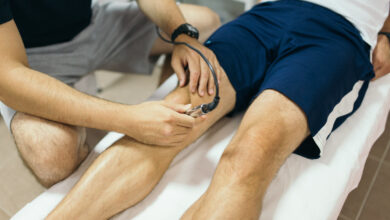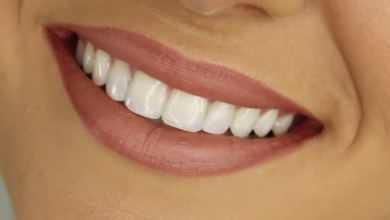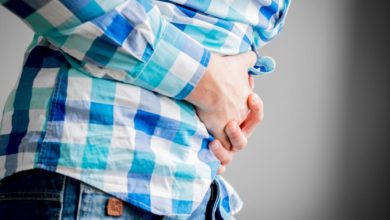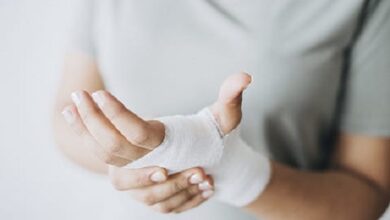The Dos and Don’ts to Consider When Cleaning Your Ears

Personal hygiene is essential in maintaining your general health. There are several elements of personal hygiene. These include general body cleaning and cleaning of sensitive parts such as ears, nose, and eyes. Ears are delicate; therefore, cleaning them requires close attention. Careless ear cleaning could damage the eardrum leading to permanent deafness. Various items are used for ear cleaning; these include detergents and tools such as syringes and cloth. To avoid complications that arise from ear cleaning, natural ear cleaning detergents are used by many people. These detergents contain naturally obtained ingredients making them ideal for people with allergies.
Indications That Your Ears Need Cleaning
Ears are self-cleaning organs. Cerumen, also referred to as earwax, is the self-cleaning agent produced by the human body. It collects dirt and micro-organisms from the ear tract and works its way out. The outward movement of earwax is facilitated by jaw movements such as eating, talking, among others. Physical cleaning is needed when there is an accumulation of earwax. The accumulation causes difficulty in hearing, a condition known as impaction.
Impaction takes place gradually, and one might not realize it until it’s at critical stages. However, several symptoms indicate the accumulation of wax in your ears. These include aching in the affected ear, dizziness, and odor coming from the affected ear. Excessive earwax accumulation is most common in people who use earplugs or hearing aid. With these devices, it is hard to tell when one’s hearing abilities are going down.
How to Clean Your Ear The Right Way
The best ear cleaning practice is visiting a medical expert. Doctors have specialized equipment such as cerumen spoons and solutions to dissolve the accumulated earwax. However, basic cleaning can be done at home using a damp cloth, earwax softener, and water. Other items such as syringes can be used to irrigate the affected ears while cleaning the ear canal. Natural ear cleaning solutions are essential when cleaning at home. The absence of allergens minimizes the chances of affecting the ears while cleaning. Earwax softeners contain chemicals such as hydrogen peroxide and saline compounds. These chemicals have a negative effect if the softeners aren’t used according to the specialist’s instructions.
Earwax naturally moves out of the ears; this is one of the reasons some people don’t need a routine ear cleaning. Physical removal of earwax using items such as cotton swabs could push the wax deeper into the ear canal. Irrigating your ears makes the wax flow out faster. However, some exemptions are made when irrigating ears. Diabetic people and those with a compromised immune system are discouraged from irrigating their ears. Earwax contains trapped bacteria which could flourish in a moist environment. The presence of moisture as a result of irrigation could lead to further infection.
In Summary
Although ear cleaning is a safe procedure, preventing the entry of dirt into your ears will save you the cost of seeing a physician for cleaning. Several ways can be used to protect your ears; these include limiting your exposure to loud music. When you feel symptoms persist even after ear cleaning, you should see a doctor.






